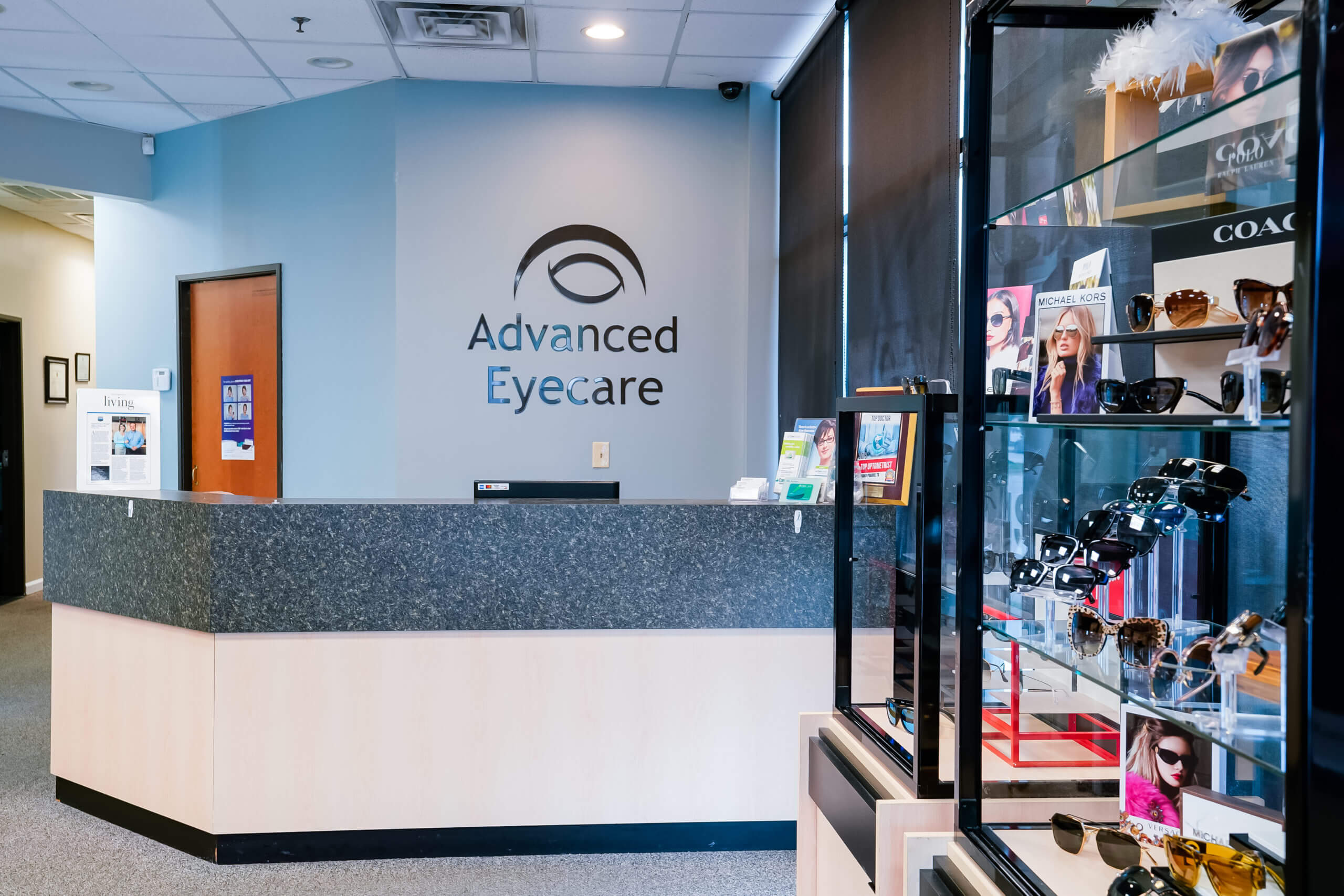Andalusia Pediatrics Clinics: Dedicated Take Care Of Your Child's Health
Andalusia Pediatrics Clinics: Dedicated Take Care Of Your Child's Health
Blog Article
The Advantages And Disadvantages of Various Refractive Surgical Procedures for Boosted Eyecare

LASIK Surgery
LASIK surgical treatment is a typically done refractive procedure that intends to fix vision problems such as astigmatism, farsightedness, and nearsightedness. Throughout the procedure, a slim flap is produced on the cornea, and a laser is used to improve the underlying cells, remedying the refractive mistake.
One of the key benefits of LASIK surgical procedure is the rapid renovation in vision experienced by several clients. It is important for people considering LASIK surgical procedure to go through a complete analysis by an eye treatment professional to figure out if they are suitable candidates for the procedure.
PRK Procedure
The PRK procedure, also referred to as Photorefractive Keratectomy, is a kind of refractive surgical treatment that intends to deal with vision issues comparable to LASIK surgery. Unlike LASIK, which entails developing a flap in the cornea, PRK services the surface layer of the cornea. During the PRK treatment, the outer layer of the cornea, called the epithelium, is eliminated to enable reshaping of the underlying corneal tissue with an excimer laser. This improving assists to remedy refractive mistakes such as farsightedness, nearsightedness, and astigmatism.
One of the benefits of PRK over LASIK is that it eliminates the danger of flap-related difficulties because no flap is developed throughout the surgical treatment. Despite the longer healing period, PRK can be an ideal option for people seeking vision adjustment surgical treatment.
SMILE Surgery
A cutting-edge refractive surgery strategy getting popularity in the area of ophthalmology is SMILE Surgical procedure. Little Cut Lenticule Removal (SMILE) is a minimally intrusive procedure that deals with vision by improving the cornea making use of a femtosecond laser. Unlike traditional LASIK surgery, SMILE Surgical treatment entails producing a small cut in the cornea to remove a lenticule, which causes much less interruption to the corneal structure and possibly much faster recuperation times.
One of the main benefits of SMILE Surgical treatment is its ability to treat nearsightedness (nearsightedness) and astigmatism with high precision, resulting in exceptional visual outcomes for clients. The minimally intrusive nature of the treatment likewise lowers the threat of issues such as dry eye syndrome, making it a favorable option for people seeking refractive surgery.

LASEK Method
Having actually explored the advantages and factors to consider of SMILE Surgical procedure, one more notable refractive surgical treatment method worth examining is the LASEK Technique. LASEK, which means Laser-Assisted Subepithelial Keratectomy, is a form of laser eye surgery that intends to correct refractive mistakes such as nearsightedness (nearsightedness), hyperopia (farsightedness), and astigmatism.
Unlike LASIK, LASEK does not involve creating a corneal flap. Instead, throughout a LASEK procedure, the specialist uses a watered down alcohol service to loosen the thin outer layer of the cornea, recognized as the epithelium. This layer is after that delicately moved apart to enable the laser to improve the underlying corneal cells. When the cornea has actually been improved to the desired level, the epithelial layer is rearranged.
One of the primary benefits of LASEK is that it can be appropriate for people with slim corneas who might not be great prospects for LASIK. In addition, LASEK usually leads to very little post-operative discomfort and a quicker healing time contrasted to PRK. The aesthetic healing procedure with LASEK may be somewhat longer than with LASIK.
Implantable Contact Lenses
Implantable Contact Lenses offer a lasting vision improvement remedy for people seeking an alternative to traditional call lenses or glasses. These lenses, also understood as phakic intraocular lenses, are operatively put into the eye to correct refractive errors such as nearsightedness (nearsightedness), hyperopia (farsightedness), and astigmatism. eye this article center andalusia. Unlike standard contact lenses that rest on the surface of the eye, implantable get in touch with lenses work within the eye itself, offering clear vision without the requirement for day-to-day upkeep or elimination
One of the essential advantages of implantable get in touch with lenses is their durability. As soon as put, they can remain in the eye forever, providing consistent and secure vision correction. Furthermore, these lenses can be an excellent choice for people who are bad candidates for laser eye surgical procedure or who choose a reversible vision correction treatment.
Nevertheless, implantable call lenses do carry some threats, consisting of the potential for cataracts or enhanced eye pressure. It is crucial for individuals considering this option to seek advice from an eye treatment specialist to identify if implantable contact lenses are the best selection for their particular needs and eye wellness.
Conclusion
Finally, each sort of refractive surgical treatment has its own advantages and negative aspects. LASIK surgical treatment is prominent for its quick recuperation time, while PRK treatment might appropriate for individuals with thin corneas. SMILE surgery supplies marginal pain throughout the treatment, however LASEK strategy might imp source have a longer recovery process. Implantable contact lenses offer an alternative for those who are not suitable candidates for standard surgical procedures. People should consult with their eye treatment provider to identify the finest option for their private needs.

Overall, SMILE Surgery provides a promising option for individuals looking to boost their vision through refractive surgical treatment.
Report this page